Don't hesitate to send a message
Web Menu
Product Search
Exit Menu
A Study on Heat Retention and Comfort of Portable Plastic Beach Mats
The Impact of Color on Heat Absorption
When using a Portable Plastic Beach Mat in the sun, one important consideration is how much heat the mat absorbs, especially if you’re sitting or lying on it for long periods. Many people don’t realize that the color and pattern of the mat can significantly influence the amount of heat it retains. Dark colors tend to absorb more heat than light colors, which can make your mat uncomfortable to use on hot days. In this article, we will explore how the color and pattern of a Portable Plastic Beach Mat affect heat absorption and what this means for your comfort on sunny days.
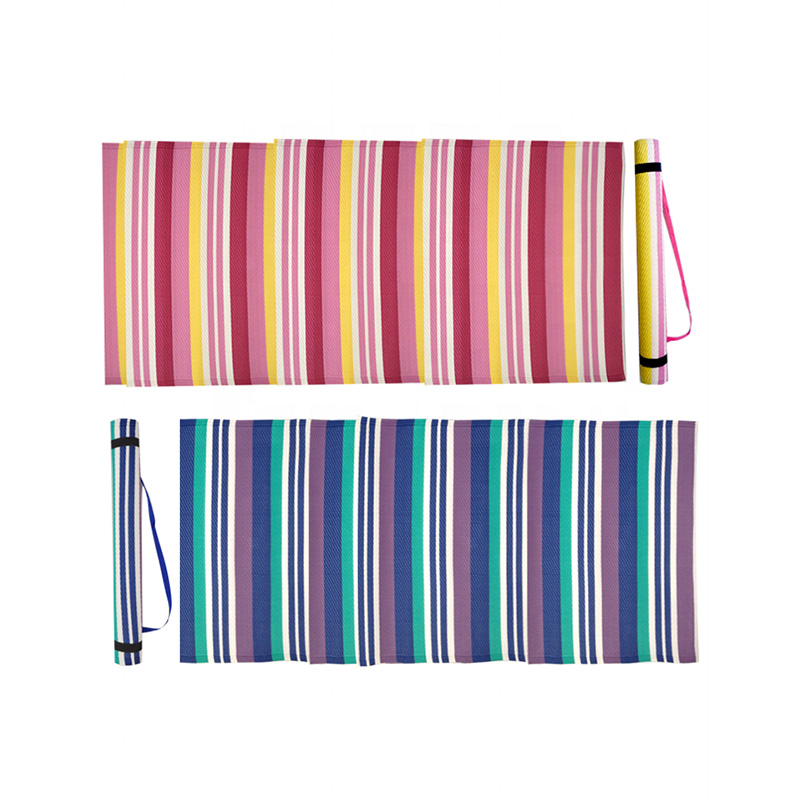
Color and Heat Absorption
The color of a Portable Plastic Beach Mat plays a key role in how much heat it absorbs from the sun. This is because of the principle of color physics: dark colors absorb more wavelengths of light and convert them into heat, while light colors reflect more of the sun’s rays, causing less heat absorption.
For example, a black or navy blue Portable Plastic Beach Mat will absorb much sunlight, causing the surface to heat up quickly. As a result, you may find it uncomfortable to sit or lie on the mat, especially if you’re exposed to the sun for long periods. On the other hand, a light-colored mat, such as one in shades of white, beige, or pastel, will reflect more sunlight and remain cooler to the touch.
Patterns and Heat Retention
While the color of a Portable Plastic Beach Mat directly affects heat absorption, the pattern or design can also play a role, although to a lesser degree. Mats with intricate patterns, like stripes or geometric shapes, can reflect light differently based on the contrast and color distribution within the pattern. However, the overall color of the mat remains the primary factor influencing heat retention.
For instance, a mat with alternating dark and light stripes will have areas that absorb heat more than others. The darker sections of the mat will become hotter, while the lighter sections will stay cooler. While this might create a visually appealing effect, it may not necessarily make the mat more comfortable. Ultimately, a mat with a more uniform color, either light or dark, will have a more consistent heat absorption level.
Material and Its Role in Heat Absorption
While color plays a significant role in heat absorption, the material of the Portable Plastic Beach Mat is also important. Most mats are made from synthetic plastics like polyethylene (PE), polypropylene (PP), or PVC, which have reflective properties that can help reduce heat absorption. However, the thickness of the mat can also affect how much heat is retained. Thicker mats, even if they are light in color, might trap more heat beneath the surface, whereas thinner mats allow heat to dissipate more quickly.
Additionally, some mats are designed with UV-resistant coatings that can reduce the amount of heat absorbed and reflect more of the sun’s harmful rays. These features are particularly beneficial for those who spend extended periods on their mat in direct sunlight.
Choosing the Right Color and Pattern for Comfort
When selecting a Portable Plastic Beach Mat, it’s important to consider how the color and pattern may impact your comfort. If you plan to use your mat during sunlight hours, a lighter color, such as beige, white, or light blue, will help keep the mat cooler. On the other hand, if you prefer a darker color for aesthetic reasons, be prepared for the mat to absorb more heat and become warmer to the touch. For a balance, a mat with alternating dark and light patterns can offer a compromise between style and comfort.
The color and pattern of a Portable Plastic Beach Mat have a direct effect on the amount of heat the mat absorbs. Darker colors tend to absorb more heat, making the mat warmer to sit or lie on, while lighter colors reflect sunlight and keep the surface cooler. The material, thickness, and UV resistance of the mat also contribute to its heat retention. By understanding these factors, you can choose a mat that suits your needs, ensuring comfort during your outdoor activities.
-
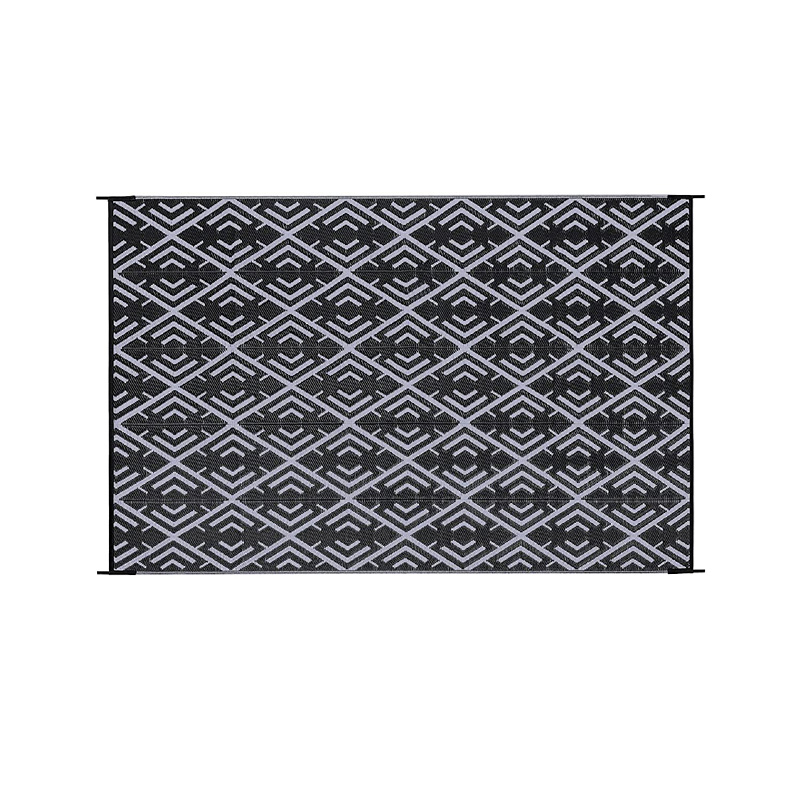
Lightweight Polypropylene Plastic Outdoor RV Mat
Features Weather-resistant polypropylene mat UV-stabilized to prevent fading Mold and mildew-resista...
-
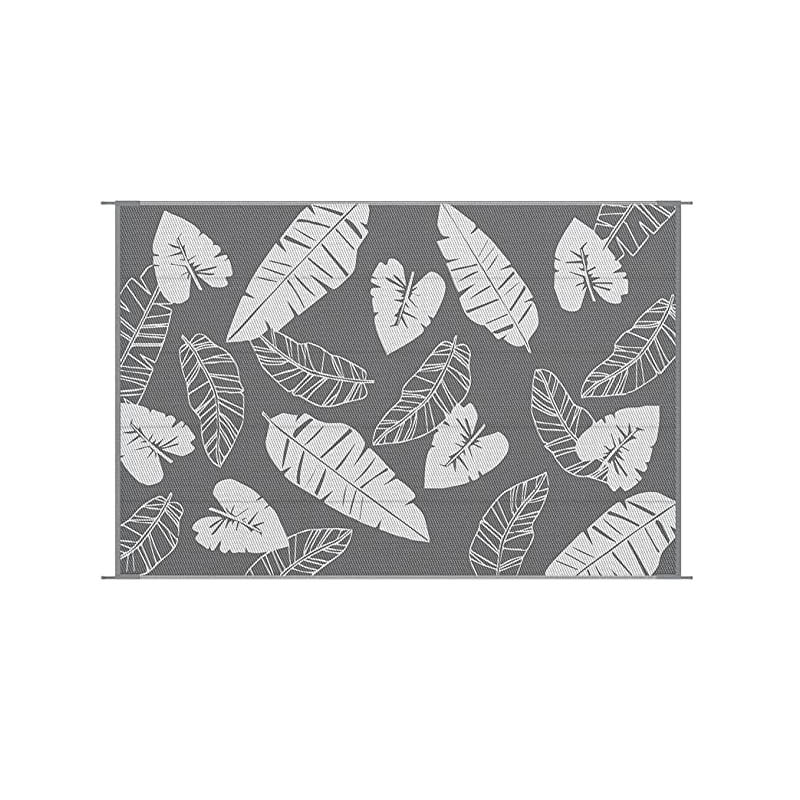
Large Foldable Anti-UV PP Weaving Straw RV Rug
Features Soft And Durable: Made with virgin polypropylene breathable material designed to be safe to...
-
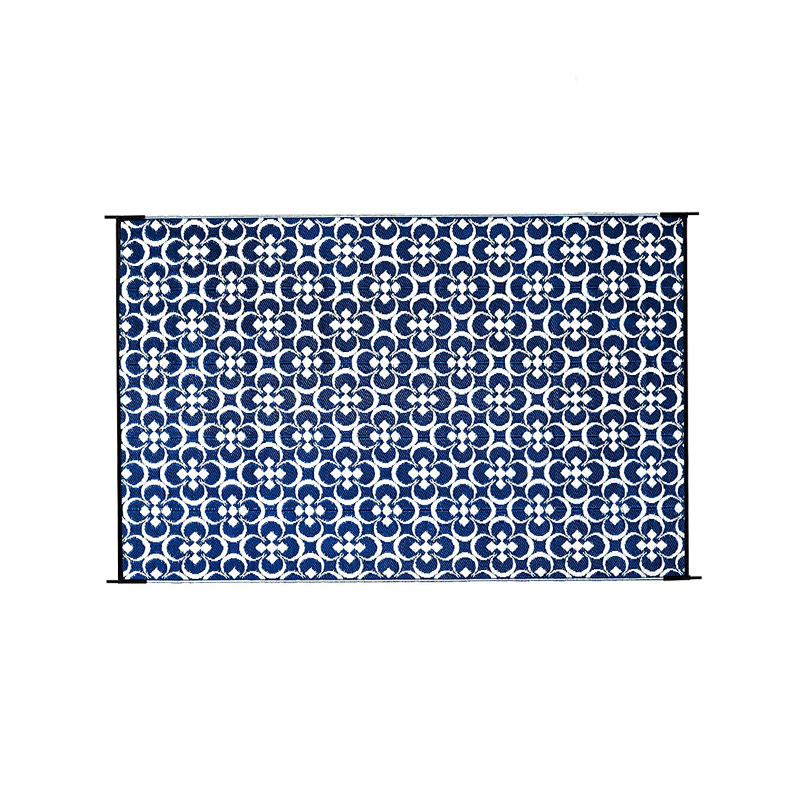
Recycled Moistureproof Plaid Outdoor Mat For RV
Features Heavy-Duty & High Quality & Durability: Our heavy-duty reversible RV mats are made ...
-
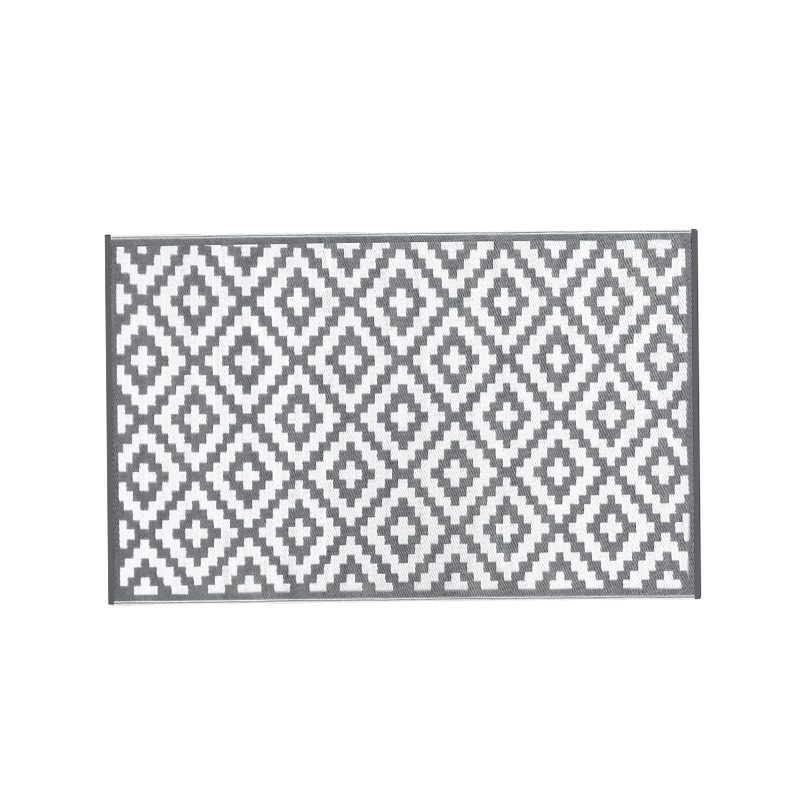
UV Resistant Patio Outdoor Rug
Features Reversible Stain-Resistant Straw Rugs: The outdoor rugs for patio clearance is a reversible...
-
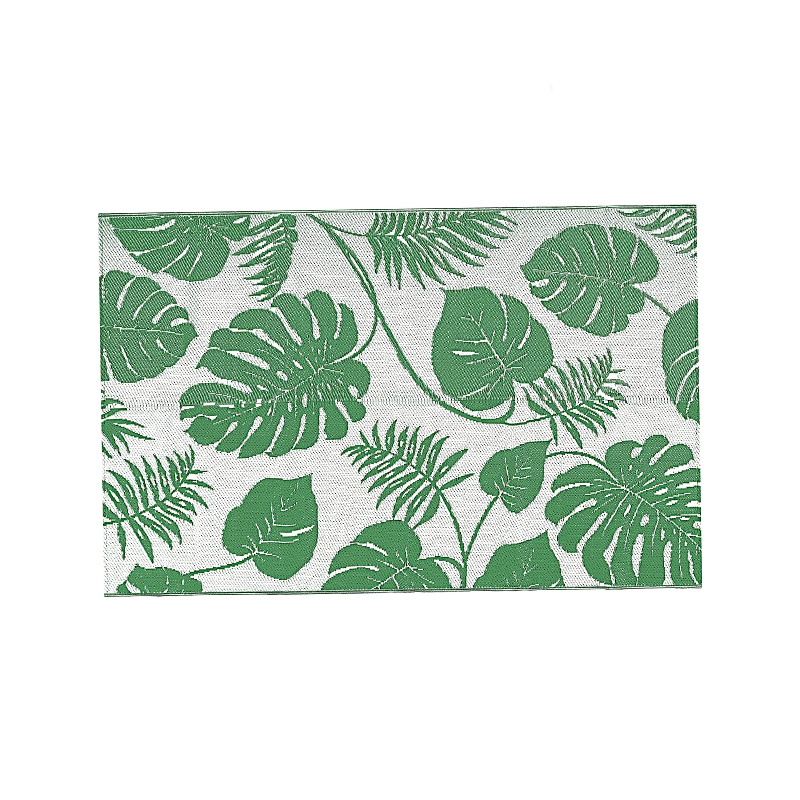
Durable Outdoor Polypropylene Mat For Patio
Features Reversible Outdoor Rug: The outdoor plastic straw rug with timeless medallion design is ele...
-
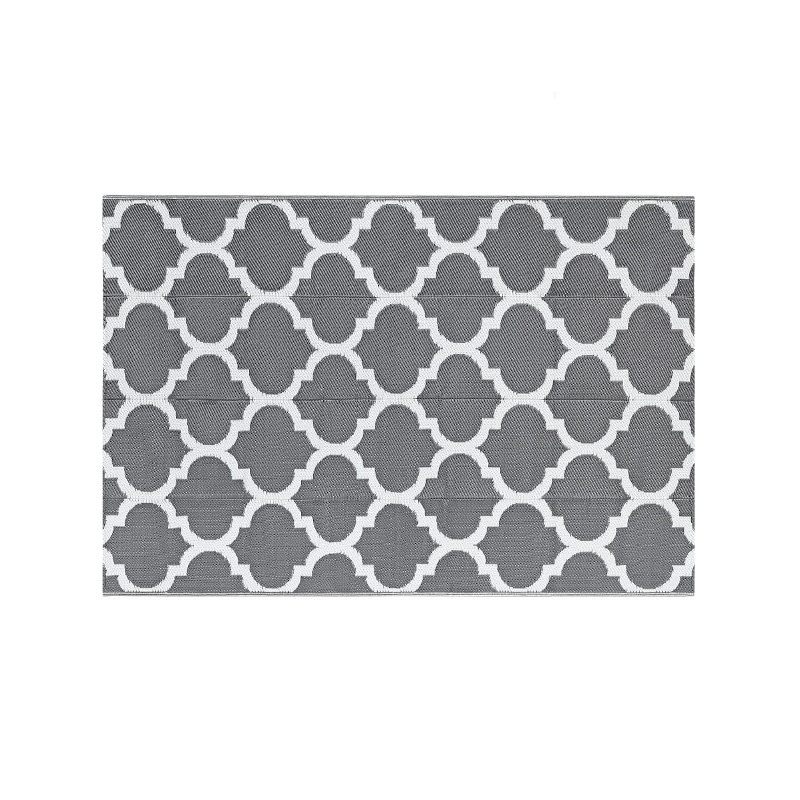
Recycled Plastic Straw Matting For Outside
Features Reversible Outdoor Rugs: It is easy to use on the patio, deck, beach, and backyard. This ou...
-
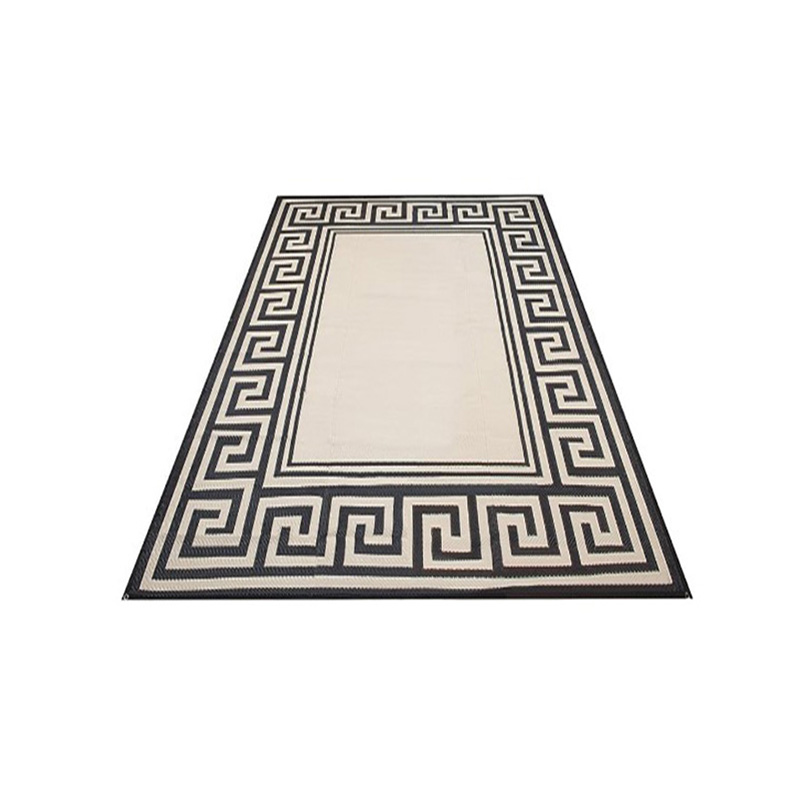
BSCI Audit PP Straw Camping Outdoor Rug
Description Introducing the BSCI Audit PP Straw Camping Outdoor Rug by AIYISI, an outdoor gear manuf...
-
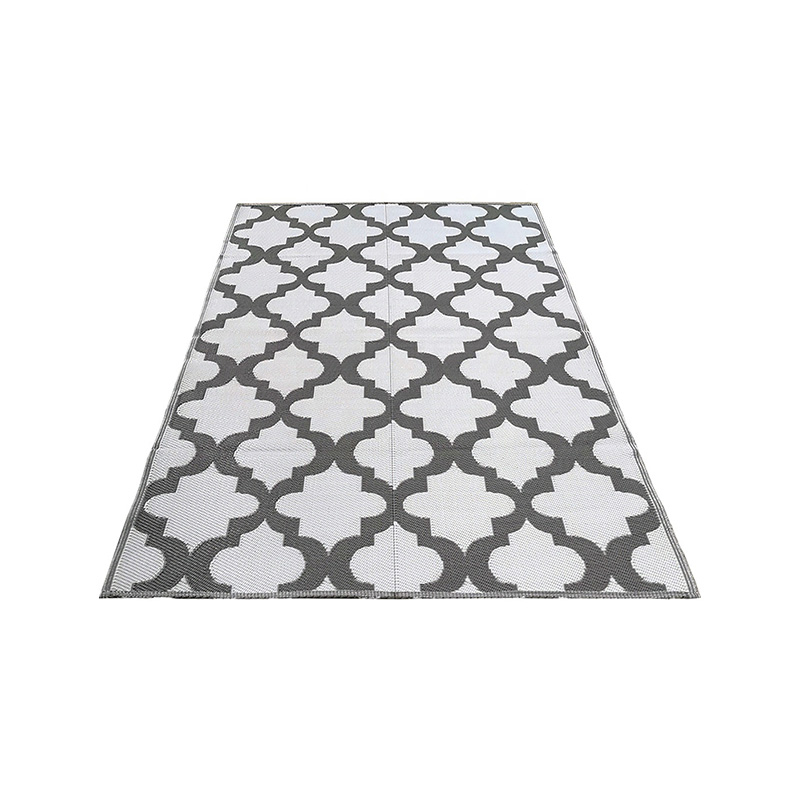
Plastic Matting Cheap PP Woven Recycled Campping Mats
Description At AIYISI, we take pride in offering high-quality outdoor products tailored to meet the ...

- FAX : 86-0576-83352177
- E-mail : [email protected]
- Phone : +86-0576-83207588
- Add: No.10 Yongan Road, Binhai industrial park, Sanmen County, Taizhou City, Zhejiang, China.


 English
English Deutsch
Deutsch

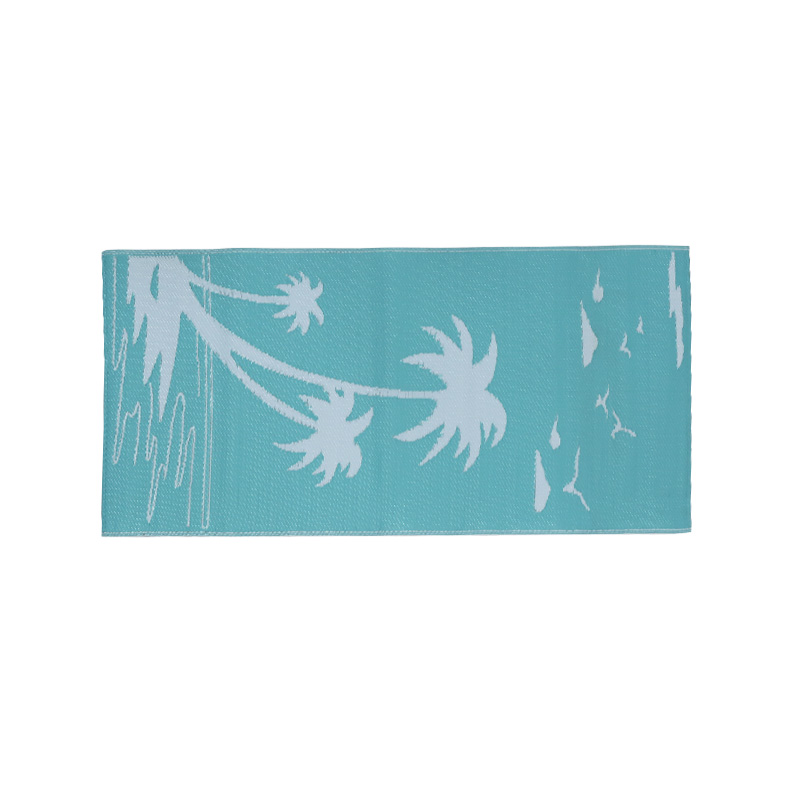
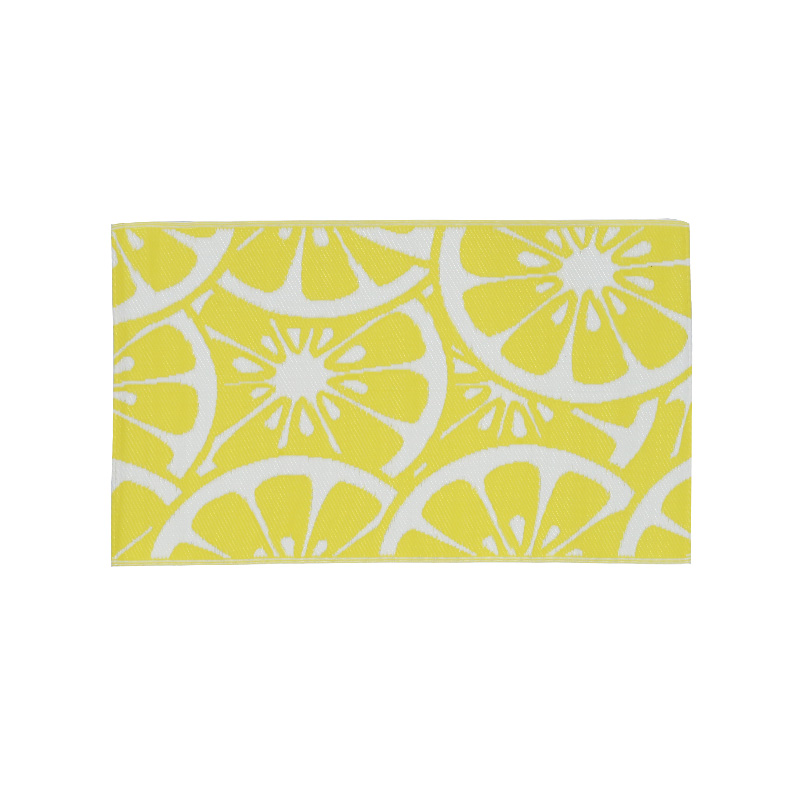
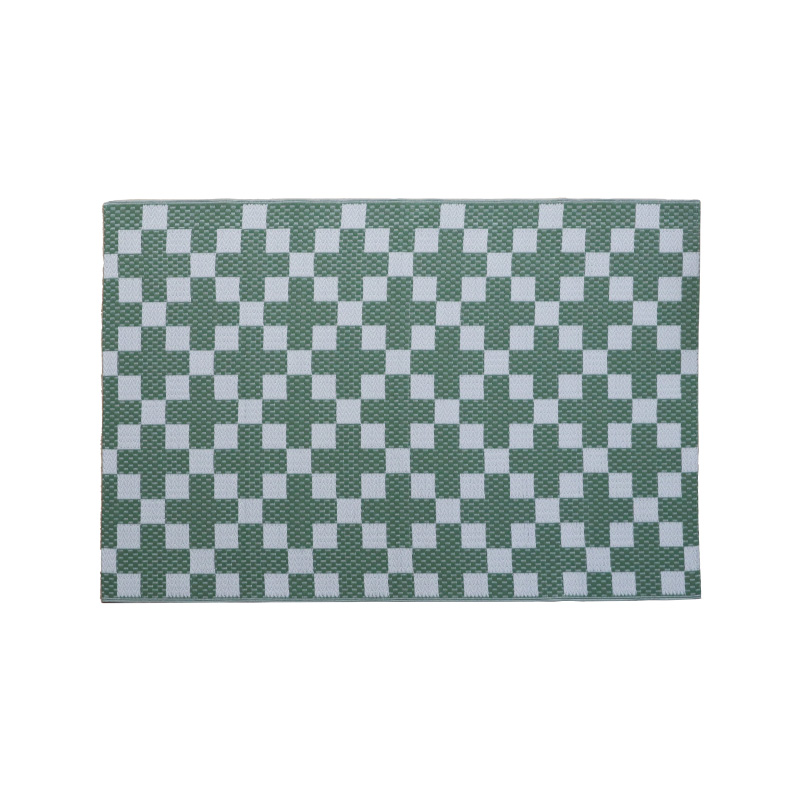
 Facebook
Facebook Youtube
Youtube Twitter
Twitter Instagram
Instagram